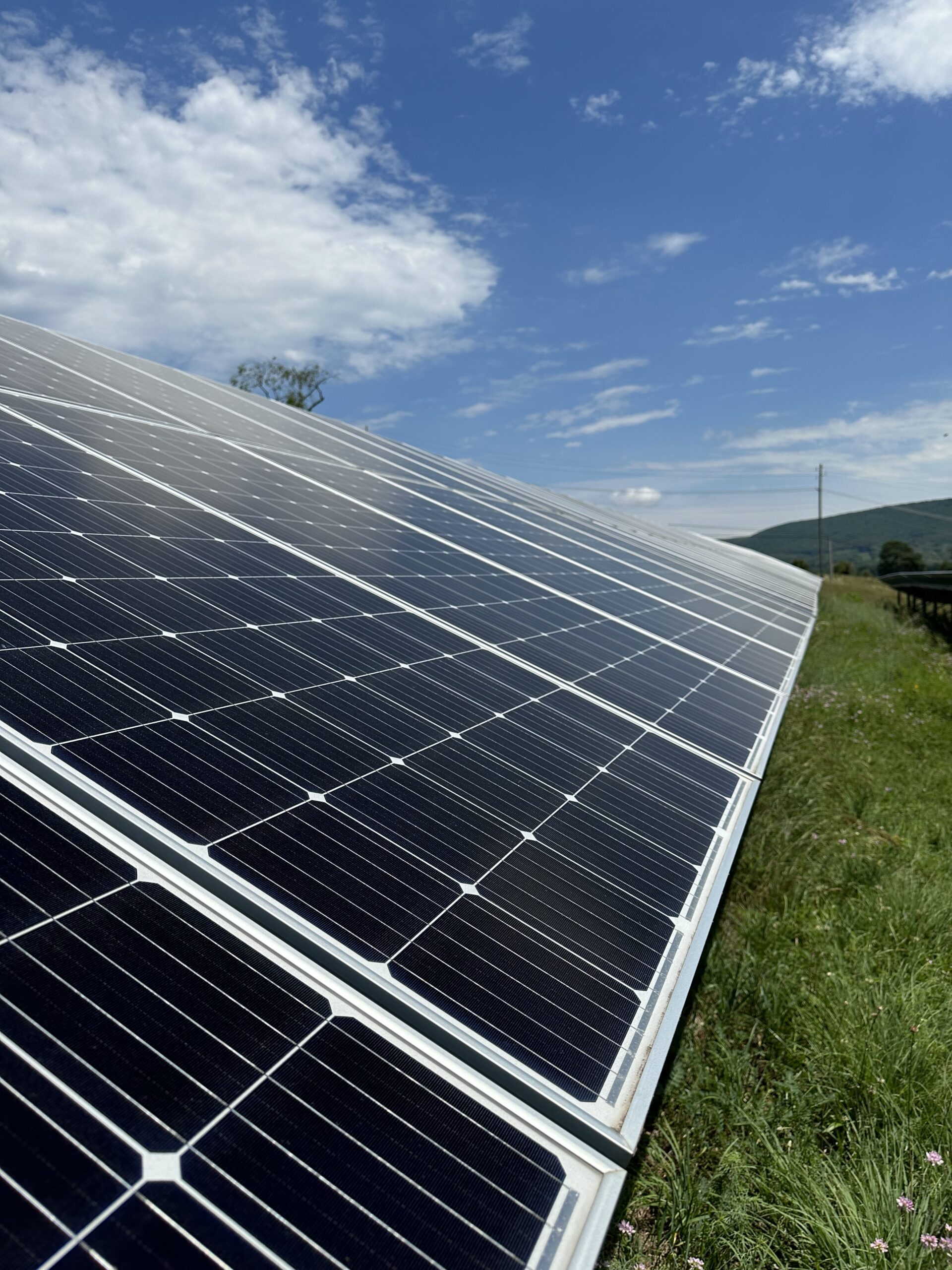Last updated on June 26, 2024
Editors note: When initially publishing this, I was unaware that the sample size for the study in France was pretty small and there may be some notable omissions from the PV Mag article. Keep your brain in gear, dear reader.
Perovskites punching air rn.
From Gwénaëlle Deboutte at PV Magazine:
New testing conducted at France’s oldest PV system have shown that its solar modules can still provide performance values in line with what the manufacturers promised.
The testing showed that the modules still produce on average 79.5% of their initial power after 31 years of operation. In a previous testing carried out 11 years ago, the panels were found to produce 91.7% of their initial power.
An average of 0.66% degradation every year over the course of 30 years of use is incredible, even though it’s clear that the third decade brings more degradation than the first two. The fact that solar panels I installed 10 years ago will still have significant usefulness in 20 years is amazing.
It IS likely that most solar panels won’t be given the option to last for 30+ years in their original place of installation. Investors are usually gonna scrap the slower-replicating money in chase of the faster-replicating money, as technology advances. However, I wonder if we’ll see an increase in selling these older panels to countries that aren’t as desperate to get the latest solar tech. After all, the best alternative to recycling is reuse.
I’ve been convinced that perovskites, what we’re all looking toward as the proverbial future rocket fuel in this industry, could never dream for this kind of reliability. Reliability has long been the kryptonite of this technology. It’s a problem that we keep hearing is on the verge of a solution, as this study from Rice University claims:
A Rice University study featured on the cover of Science describes a way to synthesize formamidinium lead iodide (FAPbI3)—the type of crystal currently used to make the highest-efficiency perovskite solar cells—into ultrastable, high-quality photovoltaic films. The overall efficiency of the resulting FAPbI3solar cells decreased by less than 3% over more than 1,000 hours of operation at temperatures of 85 degrees Celsius (185 Fahrenheit).
“Right now, we think that this is state of the art in terms of stability,” said Rice engineer Aditya Mohite, whose lab has achieved progressive improvements in the perovskites’ durability and performance over the past several years. “Perovskite solar cells have the potential to revolutionize energy production, but achieving long-duration stability has been a significant challenge.”
This is, let me be clear, WAY better than anything we’ve seen so far. I don’t know how comparable 1,000 hrs of operation at 85°C is to one year in an Arizona desert, but that’s way more successful than anyone else has been so far. Just this February, advancements were being trumpeted about only 10% degradation after 700 hrs of operation. But given that there’s about 8,000 hrs of sunlight a year (depending on a number of factors, obviously), perovskites are going to have a hard time reaching that <1%-degradation-per-year threshold.
However, some companies are already convinced they’ve fixed the degradation issue and that perovskites are ready for prime time, as Marian Willuhn writes in PV Magazine:
Utmo Light, a Chinese perovskite company, is showcasing its first commercial perovskite solar module this week at the SNEC PV trade show in Shanghai. The Module UL-M12-G1 measures 1,200 mm x 600 mm and is available in four power classes, ranging from 110 W to 130 W.
Utmo Light President Zhenrui Yu told pv magazine at SNEC in Shanghai that the first target for the new perovskite modules will be building-integrated PV (BIPV) applications.
Yu said the panels have passed all IEC testing for solar modules and can withstand a 2,300-hour UV bath at 1,000 watts per square meter and 60 C, for 12 years of operation without degradation.
These panels are 1200m x 600mm, with a max of 130w, with a cost of around $.19 per watt (not accounting for whatever tariffs may or may not apply). That IS better than the cost of roughly $.30 per watt for a crystalline panel. But the max efficiency you can get from these perovskites at this stage of production is about 18.06% (180.6 w/m² at 1000 w/m² of irradiance).
To take a random contrasting example, Axitec’s 550w monocrystalline panel (AC-550MBT/144V) is 2278mm x 1134mm, making a total efficiency of about 21.29% (212.9 w/m² at 1000 w/m² of irradiance).
So comparatively, this commercial perovskite panel from Utmo is extremely meh as an introductory product, given its lackluster efficiency. Despite a (maybe?) better price, it can’t currently touch crystalline silicon in production.
This does make sense, though. As the Rice University article mentions, the higher efficiency perovskites are the most unstable, so Utmo has probably solved for 2D perovskites (most stable, least efficient) and plans to build up from there. 3D perovskites, which contain the power-density we all dream of, still have a ways to go before they hit the market.
There’s a part of me that is hopelessly skeptical of how much time and effort it has taken to get this technology to market. How is it possible that this can EVER be stable, when it feels like all the resources of the planet can’t get us to where we want to be, after decades of research?
Yet at the same time, I didn’t have a front row seat to the development of the ever-lasting crystalline tech that our industry now depends upon. I didn’t have the chance to watch research develop, or companies hype unfinished technology, so it’s easy to take for granted the struggles of the past while I criticize the struggles of today.
I will continue to be skeptical, but perhaps…crystalline solar may not be forever.
